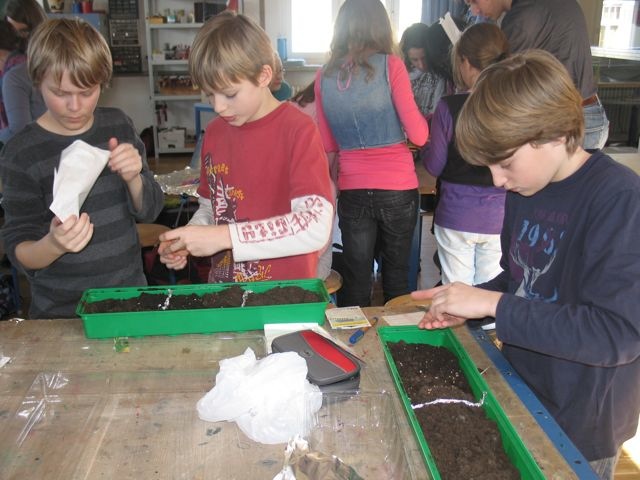
BIOTOPE CITY AS TEACHING
Helga Fassbinder

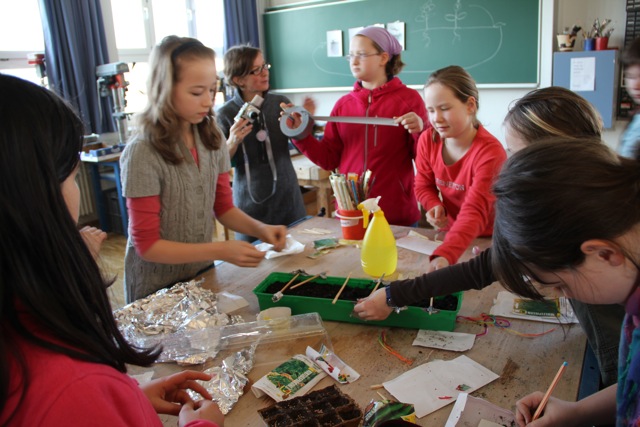
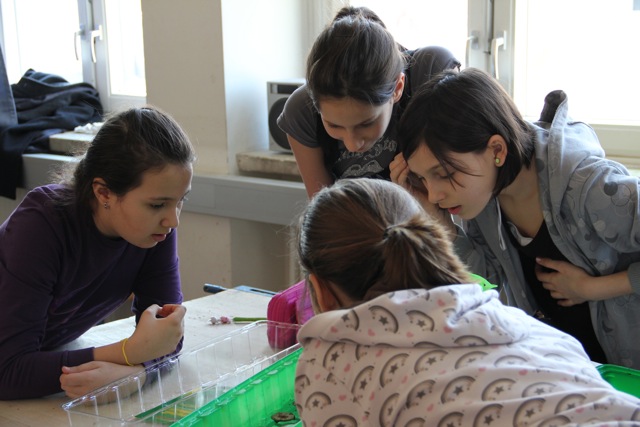
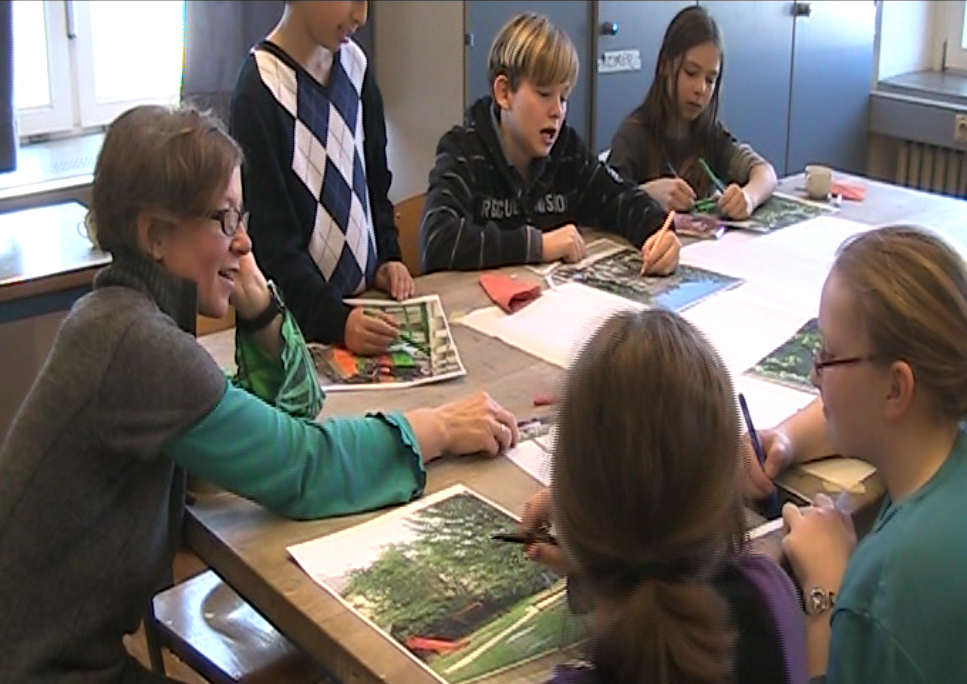
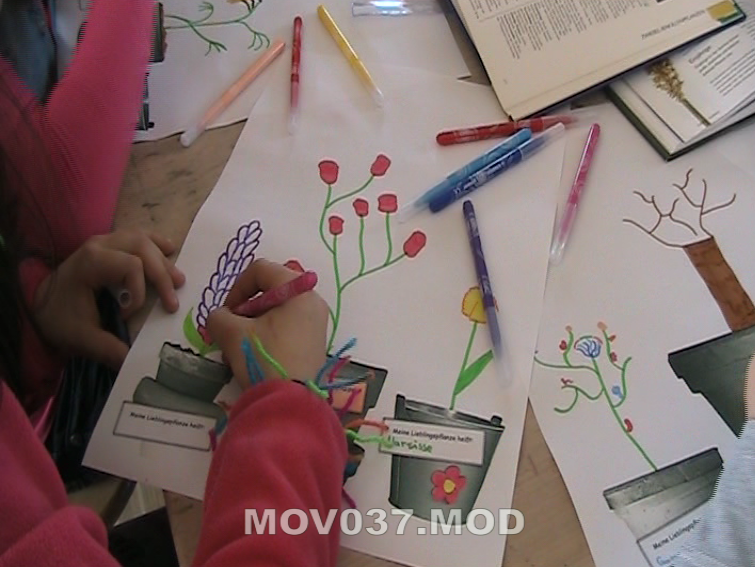
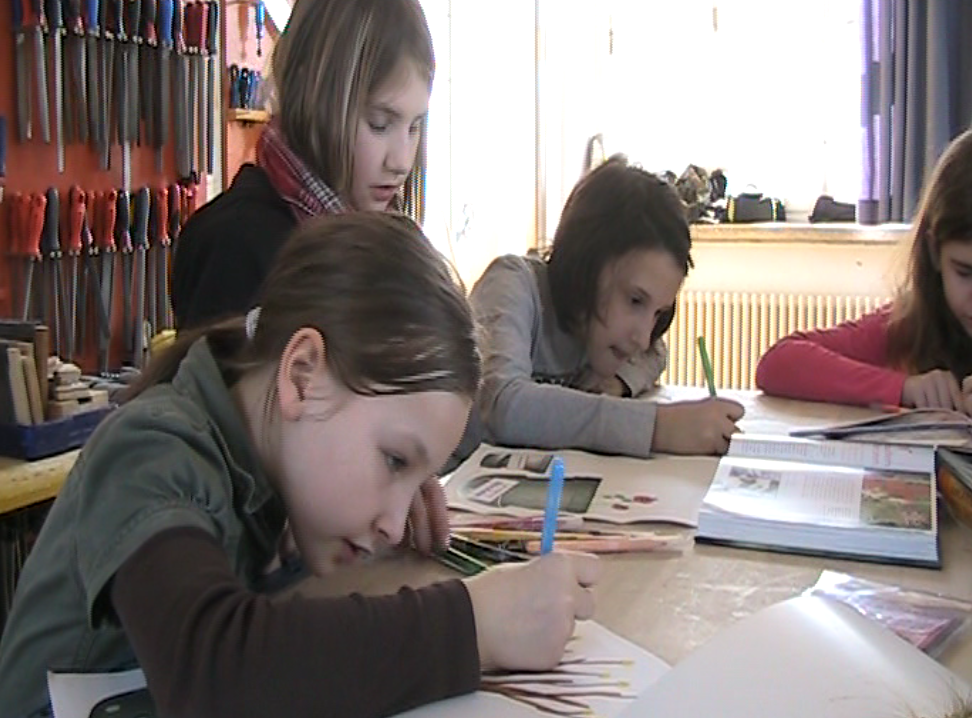
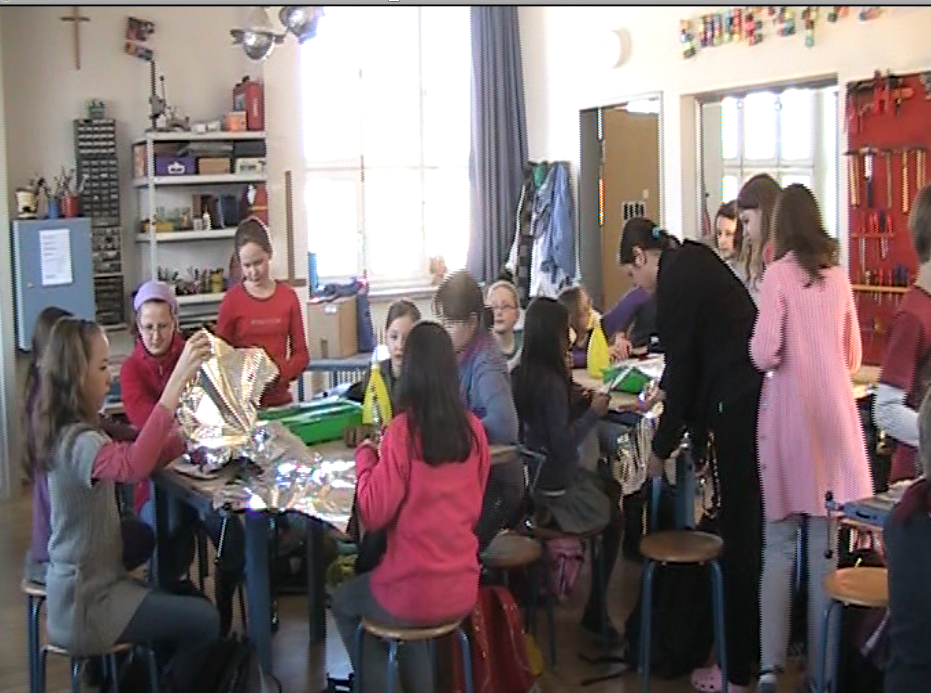




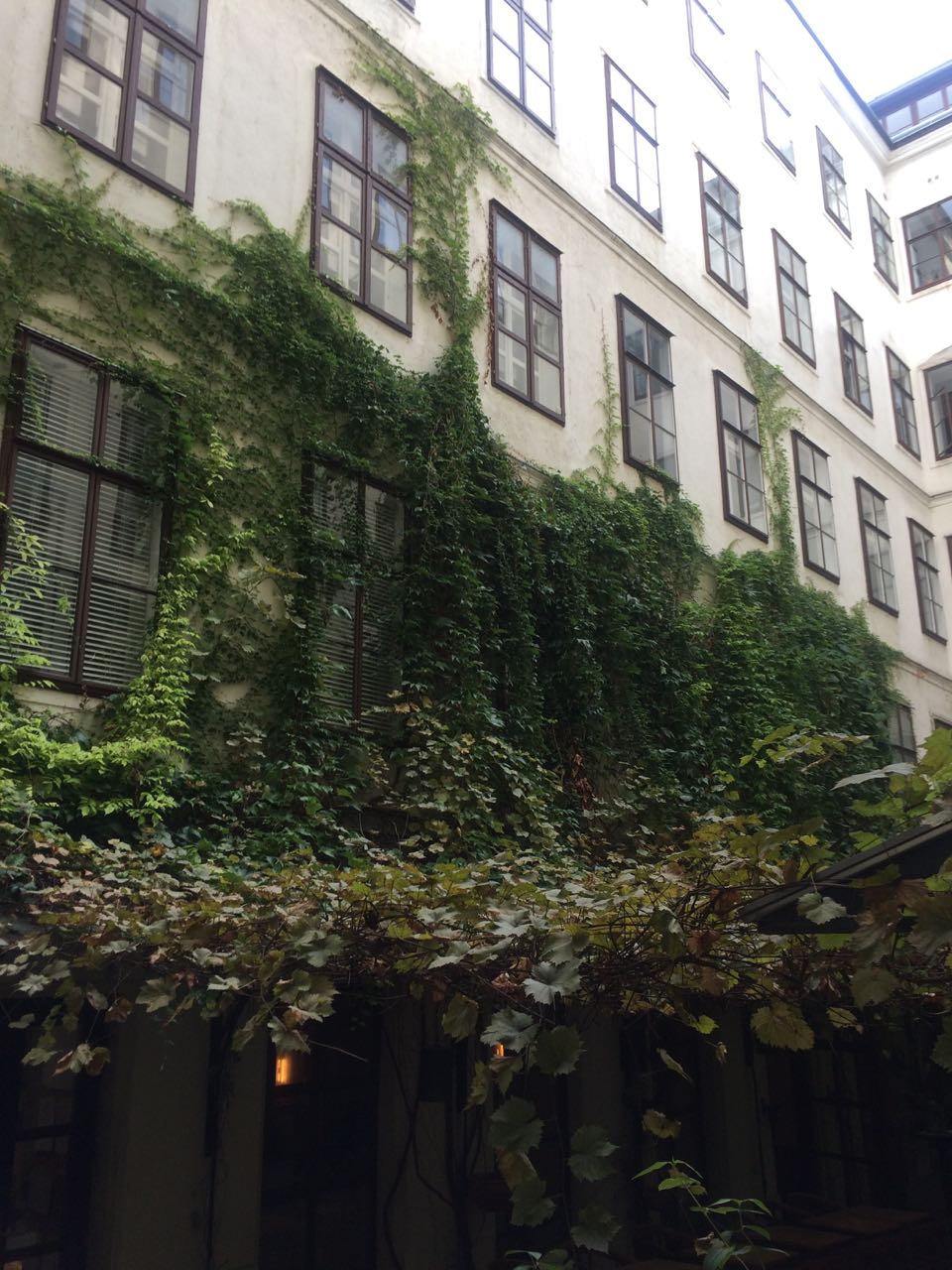
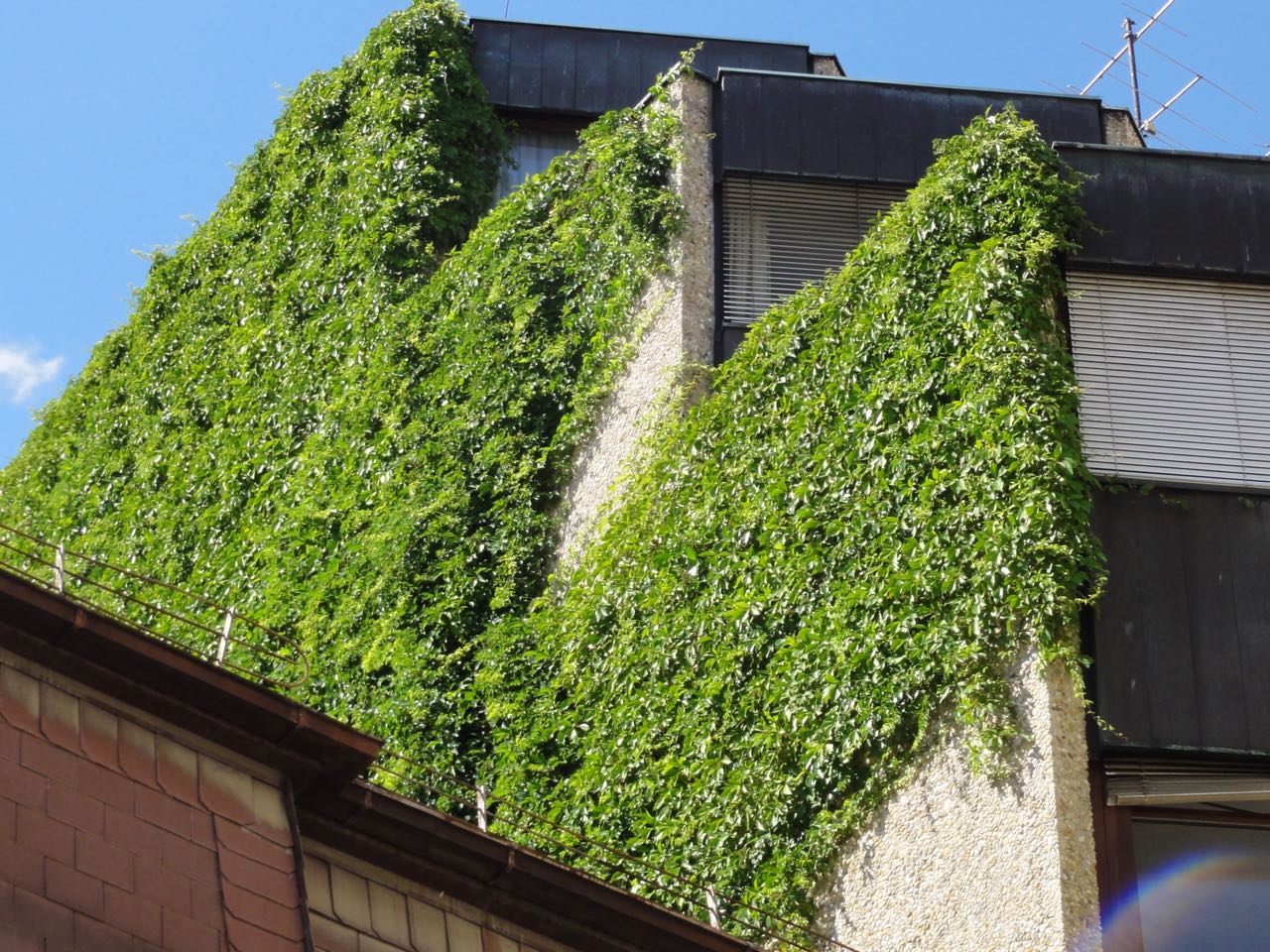
Within a few decades enormous changes in the general conditions of urban life became manifest: The emission of CO2, climate change, the explosion of the world population, a growing global feeding problem, shortage of resources, the rapid decrease of biodiversity, environmental pollution and so on. These changes are being reported by the media daily, they reached the consciousness of the general public, of politicians and experts – at least of those experts who are involved with the creation and maintenance of human life conditions.
Hence it is strange that these changes still don’t coin the faces of our cities. There are campaigns for sustainable economy since decades now, and civil engineering regulations on energy-saving insulation have been enacted. But traditional behaviour changes slowly, especially with civil engineering experts – the result is that our cities bare only few traces of a new way of thinking.
Definitely, existing towns are difficult to adapt to changing requirements. They are history set in stone, surrounding as like some evidence of ages long gone, out-of-time, like an open-air museum. To make adaptions here asks a huge amount of inventiveness, empathy, initiative from a wide range of stakeholders – and a lot of money, of course.
But why do we construct even new buildings following a pattern that essentially represents the past? The progress of architecture and urban development still seems to follow aesthetical criteria of modernity in the first place. Admonitions of the present are rarely followed. Does that show the force of habit in planning and constructing?
New technology – or new thinking?
We definitely have developed new procedures and techniques for sustainable construction. But even here technology appears in different mind-sets: On the one hand there is a technology that concentrates on locally and temporally limited troubleshooting, without accounting for further implications like side effects or long-term impact. On the other hand we have a technology that arises from holistic thinking, that integrates into the overall system of natural cycles and searches for optimization within these cycles.
An example of technologies of the first kind are “artificial trees”, developed to absorb CO2. Their campaigners say they cost “no more than a car”, without calculating the environmental damages and raw material consumption.
An instance of a technology of the second type is urban food production as Plantlab in Den Bosch suggests it: hightech-regulated vegetable production with reduced consumption of water and energy and minimized transport necessities because the sites are set up in the city centers, like in the basements of supermarkets.
Therefore the modification, construction and enlargement of our cities should be based on the essential principle to implicate every detail of the effects that the intended changes might have. In this spirit German sociologist Ulrich Beck already claimed a “reflexive design” about 30 years ago.
What does “reflexive” mean then, or “holistic”, like some others call it? Is it just another name for “macro-economic”? Yes, on the one hand: there are indeed enough procedures able to number every impact of an investment or activity, f.e. to calculate consumer satisfaction as savings in the medical-psychological sector. We can also number the value of a tree (and these figures have indeed led to enhanced protection of trees).
Still this method is not sufficient. The items “holistic” and “reflexive” are more comprehensive. Take the problem of hive death: trees are biotopes for insects and birds, bees and other flying insects are vital for the pollination of crops that serve as nutrition for us. If we interfere with the highly complex connectivity between plants, insects, birds etc. which has emerged during millions of years, for example by applying the new and highly efficiant plant root pesticides, we cause effects far beyond hive death. We then try to adjust these effects by other techniques that generate new incalculable risks – a vicious circle, stimulated by technology.
In contrast to that, reflexive planing and a holistic attitude mean to design technological interferences preferably as a support for natural processes.
What could that mean for us urban planners and architects, modifying and constructing cities in times like these, under so rapidly changing general conditions? What should we do? What can we do?
Let’s try the perspective of a biologist who’s view is trained by evolution: Big cities are foreign objects to the organic world, they are something like rocky desert areas with their own additional heat emissions caused by the artificial import of energy from outside these areas. It is a well-known fact that cities contribute significantly to global warming. This “urban island effect” can be considerably cut by insulation and greening. Therefore the standards for insulation have been risen in many countries. Some townships now prescribe green covering of the roofs of new buildings, others stimulate the green covering of already existing roofs by subvention.
Especially the plantation of cities is progressing slowly. That is astonishing, as it is a comparably low-cost affair, and an efficient one in many regards – concerning the reduction of radiant heat, the absorbtion of particulate matter, and the decrease of urban CO2-emissions. Apart from that, green has a proved positive impact on the well-being of humans. More green would support biodiversity which is – as biologists say – already more complex in cities than in the intensively cultivated agricultural surroundings. And green would spare us well-meant technical surrogates like the “pollen distribution machine”, recently engineered by a student from London to pollinate flowers … But:
Is there any space left for more green in cities? And where?
In past centuries parks were built to enhance the urban climate, called “the green lungs” of towns. Meanwhile the urban ground is developed in such a high density, and the costs for sites have so extremely risen, that new parks are very rarely realized any more. The dimensions of new city-center parks have been reduced to “pocket-size” or “finger-size”. But people are becoming creative. They discover new possibilites to create urban parks, f.e. the roofs of traffic infrastructure: On the roof of Gare Montparnasse in Paris the Park Atlantique evolved, and the cover of the highway through Linz in Austria is an urban park area today.
Even on the smallest plots gardens arise now, and they grow vertically instead of horizontally: a pioneer of this idea was Le Balto, an architecture office that greened a Berlin courtyard with climbing beans. A multi-level vegetated construction, serving as a splendid green and shady open-air recreation room, was built in a very limited space in Zurich. And actually every greened cladding is a public vertical garden. The vertical gardens of Patrick Blanc are expensive to build and to maintain – but there are also simple solutions, and as a matter of fact they tie in with the traditional art of green adornment of buildings. It was the aesthetics of modernity that put an end to this age-long knowledge and craft. Balconies and ledges have been planted passionately from ancient times, more recently we see small gardens around trees in the streets, and even uncontrolled growth in the chinks of road surfaces is tolerated here and there. If we look at it more closely, cities with their rooftops, claddings, streets and pathways offer a lot of possibilities for small-scale green injections.
Green injections in existing cities can only be realized with the active collaboration of citizens, or, even better: their independent initiative. It needs just a little public support to stimulate private owners or tenants to start greening activities. In most cases we simply have to ease civil engineering restrictions and urbanistic regulations, or to facilitate know-how concerning the best choice of plants and support maintainance, f.e. high up on claddings, where townships could help with their special tree supply vehicles. That’s how green areas develop in public spaces – greenings that urban administrations with their parks and gardens department could never establish, due to a lack of money and capacities, and also of knowledge concerning local conditions.
How can we stimulate such measures? They need a priming. Then manifold activities and effects will start off.
Example: Vienna, Haslingergasse
Animated by BIOTOPE CITY JOURNAL, a project team, assigned by the township of Vienna to attend to 14 blocks in the densely developed 19th century belt (the area around Haslingergasse), decided to also care for the greening of the area. This is a gratifying step in itself, and still rarely taken. But the project group went further: I animated them to win a school in the respective area over to participate in the plantation of the 14 blocks – and it worked!
Pupils of several classes and teachers from different subjects organized a number of workshops together with the project team: the first one conduced to information and animation, which was carried out with a lot of stimulating visual material showing the beauty and meaningfulness of “nature” in urban districts. The next meeting was dedicated to practice: in the workshop of the school, plants and their characteristics were introduced and sowed in hotbeds, and the participants gathered ideas on where which plants would be located best in the area of the 14 blocks.
Then small excursions into the quarter followed: the schoolyard and forecourt got some green injections first, then the pupils swarmed out with their seeds and seedlings on the lookout for appropriate places to plant them. Everybody was enthusiastic – the pupils, the teachers, and particularly the project group whose knowledge of the local conditions – and expertise on plants – was enormously encreased by this activity.
Paralleling their collaboration with the school, the project team also organized a workshop with representatives of different authorities of the township of Vienna, with university experts, inhabitants and houseowners. During one long afternoon they discussed each and every argument for green injections, the possibilities to realize them, and the objections against them. The event animated the participants to carry out “green deeds”, and at the same time the project team had the chance to harvest many helpful hints – hints for example on how to overcome “mental barriers”, and how to win over (or outwit) reluctant authorities. For greening needs not only to convince tenants or houseowners, but it is also an activity in the public space which is administered by different authorities and departments. Even with the most simple cladding plantation, like Virginia creeper or climbing hydrangea, the crops need to be planted in the public space in front of the houses. Not all of the civil servants shows the willingness, wisdom and courage to resign from exercising their power when it comes to allowing something new and reasonable, even if it breaks the rules…
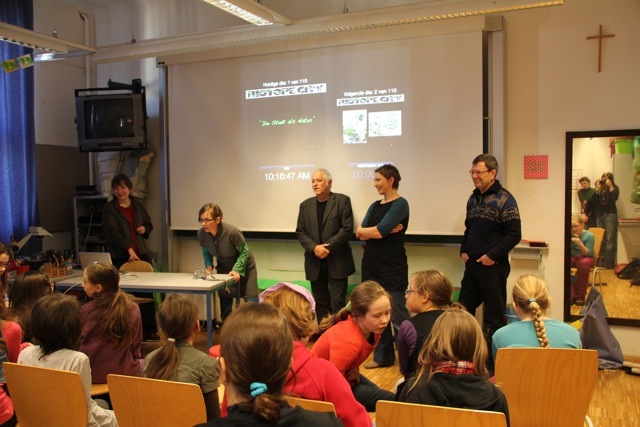
The fresh perspective of the youth
The collaboration with schools causes great benefit for these projects: Children are not constricted in their perception by the intellectual discipline of special knowledge, or at least less constricted than the trained experts. They are still closer to perceiving the world around them in a holistic way. They don’t see greening as an isolated, strategic ingredient to a more healthy urban climate; for them birds and insects are at least as interesting as crops, maybe even more interesting. With enormous enthusiasm they sow and plant and build nesting boxes for birds and insects. In fact, urban nature is – just like nature beyond cities – not to be restricted to vegetable green. The complete stocking of organic life is needed to keep the natural circular flow going. Most of the experts know this only passively, and even benevolent representatives of the “greening fraction” tend to forget it.
Projects as this in Vienna are therefore models in several regards. They give impulses towards a new way of thinking about the city. These impulses come from a couple of engaged experts at first, but then do not only reach out to other experts but also to private and public stakeholders in townships. And they gain momentum through the support of a whole young generation with their undisguised perspective: the pupils. With their straightforwardness and impartiality the disciples supply the search for solutions with new ideas and increase the speed of rethinking “city”. At the same time they establish the base of a new thinking in the following generations.
These projects tip on different layers at the same time – and that is very important, as time is running out: we have to make every effort to reach the heads and hearts of the people, and that means of all citizens, all experts and all decision-makers, to change track towards redesigning and expanding our cities out of a new relationship with nature.
Cities are nature
The remodelling of our urban concrete jungles into “nature”, to look at them as a special type of nature, in which humans, flora and fauna share a common space: that is an important step towards regaining a mental attitude which understands us and our cities as embedded in the big overall circular flow of life.
I want to make the following case:
To look at cities as nature is indispensably necessary to cope with the invironmental problems in all their manifestations. And I am sure there will be a new kind of beauty arising from that perspective in architecture and urban planning. Geared to utility just like modernity once declared, but adjusted to the convenience of our contemporary urban life conditions.
An avantgarde is already on the way…
Photos: Helga Fassbinder
